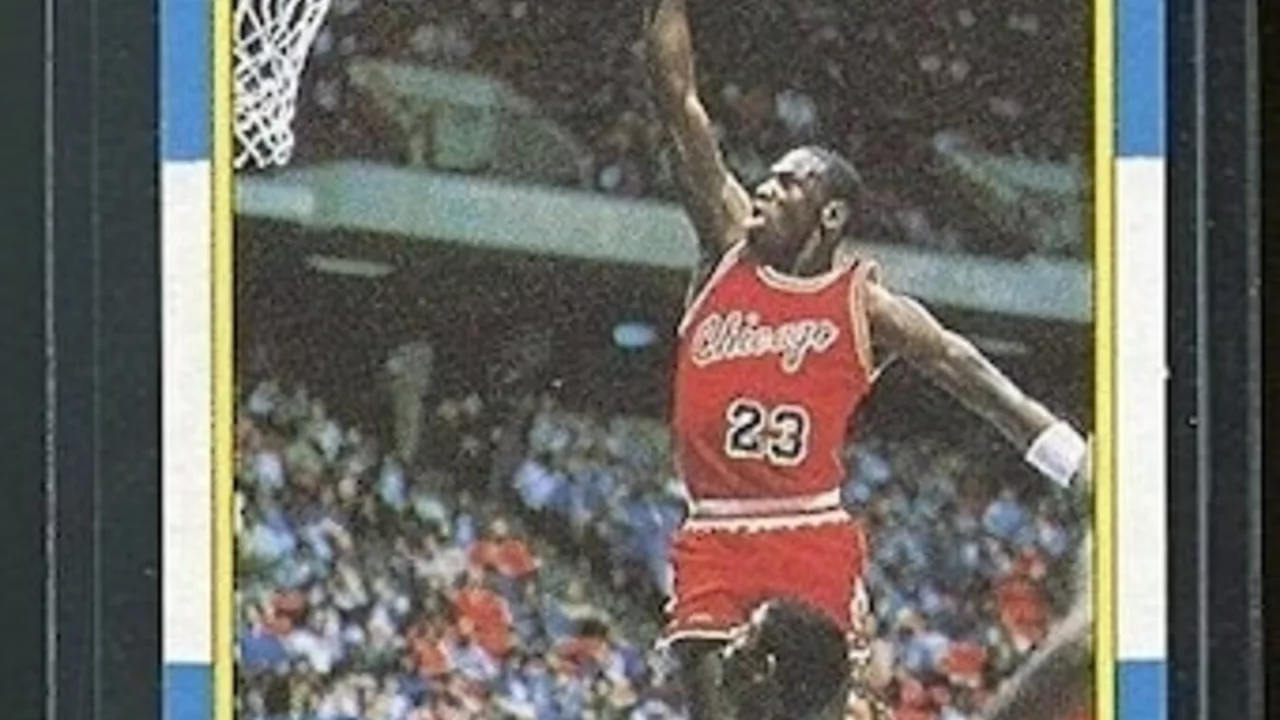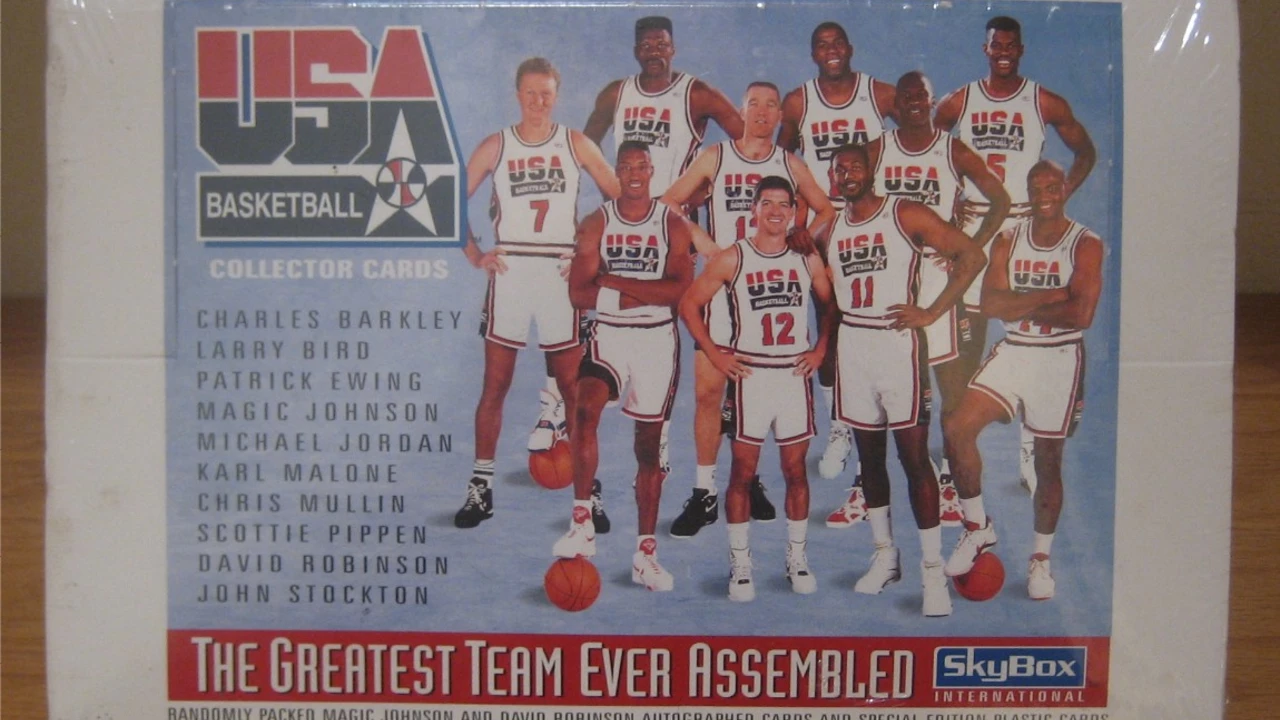Basketball Cards: Your Easy Guide to Collecting, Trading and Valuing
Ever pulled a rookie card that made your heart race? You’re not alone. Basketball cards have been a go‑to hobby for fans who want a piece of the game in their hands. Whether you’re hunting for a vintage Michael Jordan rookie or the latest LeBron micro‑foil, there’s a simple path to start and grow your stash.
Pick the Right Cards for Your Budget
First thing: decide what you can spend. New releases often come in hobby boxes that cost $50‑$200 and contain a mix of common and rare pulls. If you’re just testing the waters, grab a few single packs from a local shop or online retailer. They’re cheap, and you’ll learn what you like without breaking the bank.
Older packs from the 80s and 90s can be pricey, but you don’t need a million‑dollar gem to feel the thrill. Look for “base cards” featuring well‑known players; they’re usually the most affordable and still fun to own.
How to Spot Value in a Card
Value isn’t just about the player’s fame. Condition matters a lot. A card graded “Mint” or “Near Mint” by a reputable grading service can fetch many times its ungraded price. If you’re just starting, check the corners, surface and edges yourself. Any creases, stains or heavy wear will drop the price fast.
Rarity is the other big factor. Limited‑edition inserts, autographed cards, and low‑numbered parallels (for example, #23/100) are usually worth more. When you see a card with a serial number, compare it to recent auction results to gauge its market price.
Finally, keep an eye on the hype. A player who just broke a record or got drafted in the top 5 can see his cards jump in price overnight. Follow social media, NBA news and collector forums to stay updated.Preserve Your Cards Like a Pro
To keep cards in top shape, store them in penny‑board sleeves and top loaders. A 9×12‑inch binder with plastic pages works for a growing collection. Avoid direct sunlight, high humidity and extreme temperatures – think of your cards like photos you’d keep in a safe place.
If you have a few high‑value cards, consider a lockable safe or a climate‑controlled storage unit. Insurance is another option if your collection reaches a significant value.
Trading and Community
Trading is where the hobby gets social. Join local meet‑ups, Facebook groups or dedicated forums like Blowout Cards. Bring a list of cards you want and what you’re willing to give. Be clear about condition and grades to avoid misunderstandings.
Online trading platforms let you swap with fans worldwide. Use reputable sites, read seller reviews, and always ship cards with proper protection.
Start Small, Stay Curious
Don’t feel you need a massive budget or a perfect collection right away. Grab a few packs, learn the basics, and enjoy the hunt. Each new card teaches you something about the sport, the players and the market. As you get comfortable, you’ll discover which players, eras or card types excite you the most.
So grab a pack, flip it open, and see what story your next basketball card will tell. Happy collecting!

